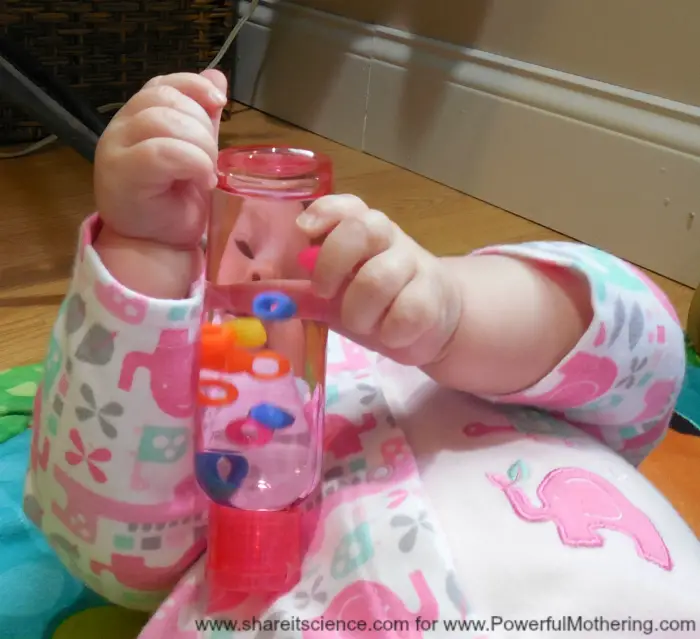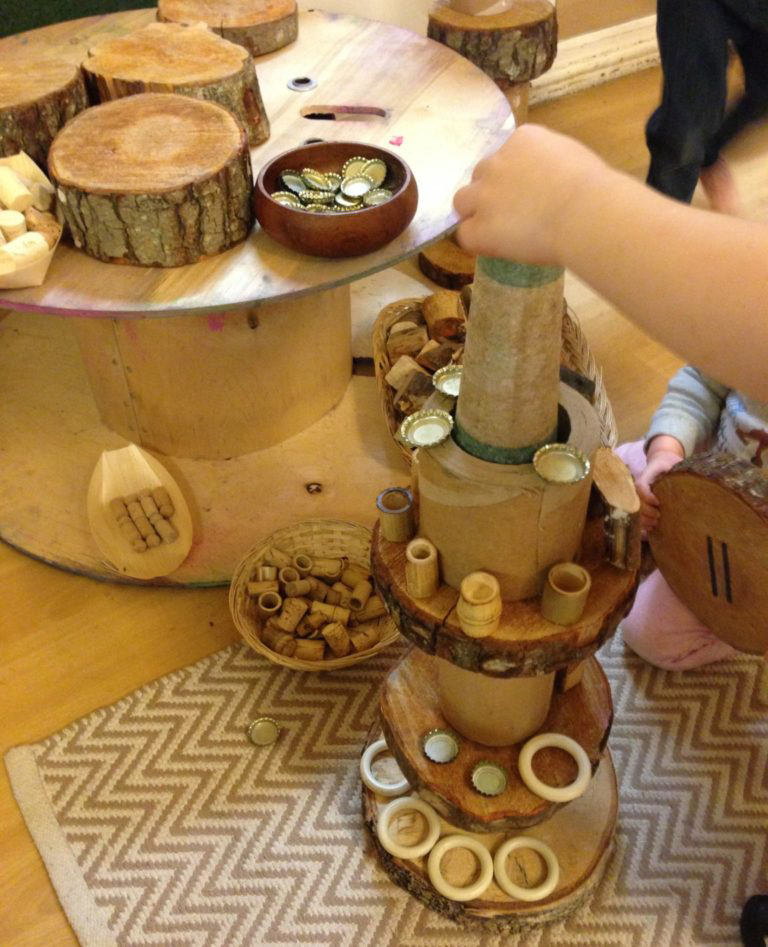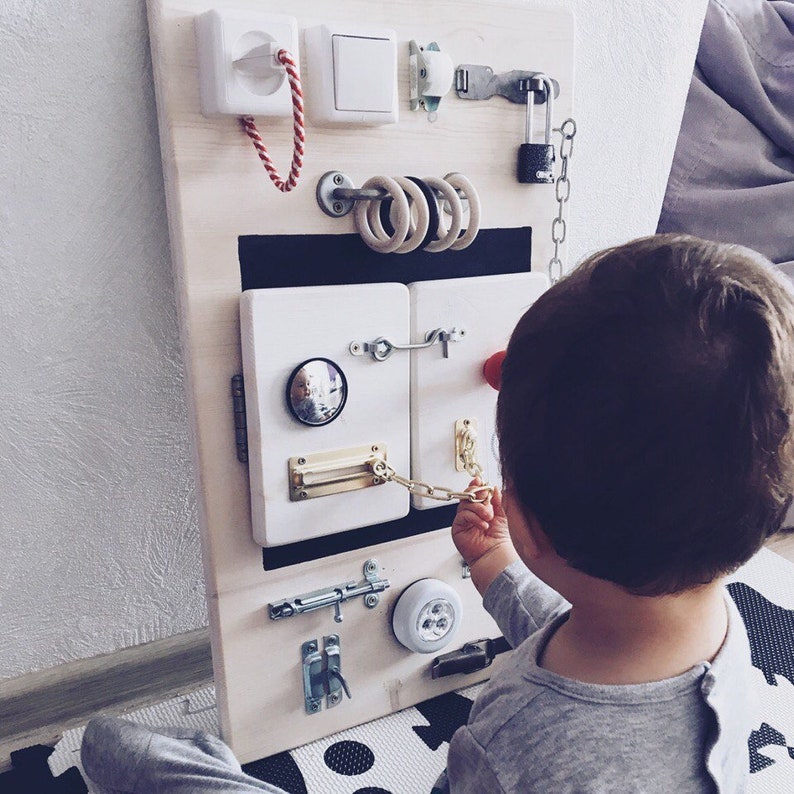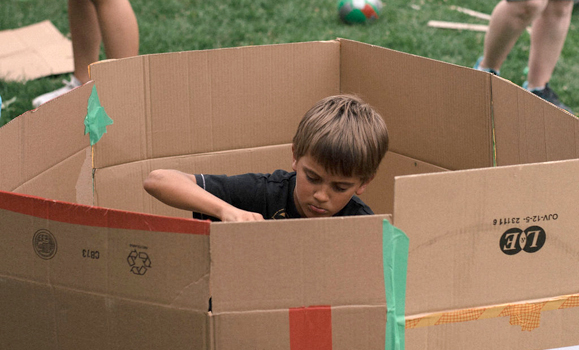TOYS
By Isabela Saldanha

One of the questions that I have always heard from parents is what is the best toy they should buy for their children. This idea of the best varies from parent to parent. For example, some parents want to know which is the best toy for the age group, or the best for developing intelligence. Also, the best toy for stimulating and get children's interest. And along with these questions, there is always a concern with the financial cost of the toy.
The good news is that there are toys that develop all these aspects of stimulation, interest, and cognitive skills. Also, most important, they do not cost too much.
What is this Toy?
Children are rich in creativity and imagination. Have you noticed that we often buy toys for our children, some toys are even expensive, but now and then they are playing with "something they can't"?For example, they are playing in the kitchen cupboard with the pots, or sometimes in Mom's wardrobe. Also, they are playing in the garden with stones, leaves, and clay. Children do this because it allows them to understand the world around them and manipulate materials in any way they want. Jean Piaget's development theory emphasized the need for children to manipulate, experiment, and actively interact with their environment in order to develop (Piaget 1952).
Playing with these materials that are already used in the daily life of the whole family and reusing, renewing and recycling them, it will give children the most stimulating toys for the whole childhood. For example, they can play with toilet paper roll, paper towels roll, corks, cans, boxes, buttons, leaves, stones, pine cones, pieces of pipes, plastic bottles, and packages. To be more clear, anything that often goes to garbage or many others that are found in the backyard of our home. Since these materials have no purpose of being a toy, children can make choices and decisions about how to use them. Making use of these materials, and creating spaces for children to use them, they can be entertained for hours. It will not only be fun but also a cornerstone of developing higher levels of critical thinking and creativity.
These activities are open and ended, and they do not have instructions for use. There is no right way to play. Children can make what they want. Children can play with the same material, but the result will usually look completely different. Children can transform a pot into a hat, or boat. A stone on a doll or an ingredient for food. A scarf can be a blanket for a baby or a picnic blanket. Blocks can be walls, houses, and cars. In contrast, commercially manufactured toys already come with a purpose and instruction for use. An ambulance or plastic food remains the same items intended by the toy manufacturer, no imagination is needed.
Below, I suggest a video on youtube that is from a book that illustrates our topic. The book calls "Not a Box" by Antoinette Portis. Adults can see only a box, but children do not see it as a box, but like a car, a building, or as a robot.
https://youtu.be/svlNiELjDao - Not A Box
Benefits
Critical Thinking - These objects encourage children to consider a variety of possible uses. After the children run out of possibilities, they can rearrange the materials for another game. Their problem-solving skills and imagination are increasing. To prepare the child for the professional future, these skills are very significant. Since, to face challenges and opportunities in the future, children must become critical and create active thinkers, problem solvers, and good communicators.
Emotional and Social Development - It promotes inclusion. All materials are accessible. It helps to improve children's relationships and self-confidence. In addition, it increases the sense of collaboration, negotiation skills, conflict resolution, communication, and problem-solving.
Cognitive Development - Develop thinking, language, the concept of number, classification, spatial relationships, representation of experiences and ideas, and problem-solving skills. Children can learn math, science, physics, movement, and music just by using these materials, and exploring nature. When I was a child, I remember a technique that my teacher used to teach me math. She was using large tree seeds. I felt more interested because I could play with those seeds instead of only using a notebook and pencil. Nature is rich in different colours, textures, weights, sizes, and natural processes that can be explored and learned by children.
Sensory Development - Having such a variety of materials, young children can develop all the senses. Nature offers rough, soft, hard, wet, and dry materials. Also, nature brings colours and smells that attract children´s attention and various objects that produce sounds.
Suggestions
Children of any age can play with these materials. For young children choose materials of large sizes, and supervise them so that they do not have a risk of choking or suffocation, like any other toy.
In my experience as an early childhood educator, I have noticed that children spend hours playing with materials such as boxes, stones, shells, sand, or water. Once, I did a project to celebrate the beginning of the fall. I brought children outside to chose leaves they find most beautiful. Then, we made a collage with those leaves. We stick them all on the contact paper and put it in the window. The children spent the whole time involved in the activity, and they felt self-confident when they saw their work in the window. Nothing gives children a greater sense of power and accomplishment than being in control of the materials they are using and seeing their work valued. On this day we also painted pine cones to hang in the room.
The suggestions are endless, as are the possibilities and creativity of children. Below are just a few ideas to inspire to start this project.


















.
Referência Bibliográfica
Daly, L., Beloglovsky, M., & Daly, J. (2015). Loose Parts: Inspiring Play in Young Children. St. Paul, United States: Red Leaf Press.
Comentários
Postar um comentário